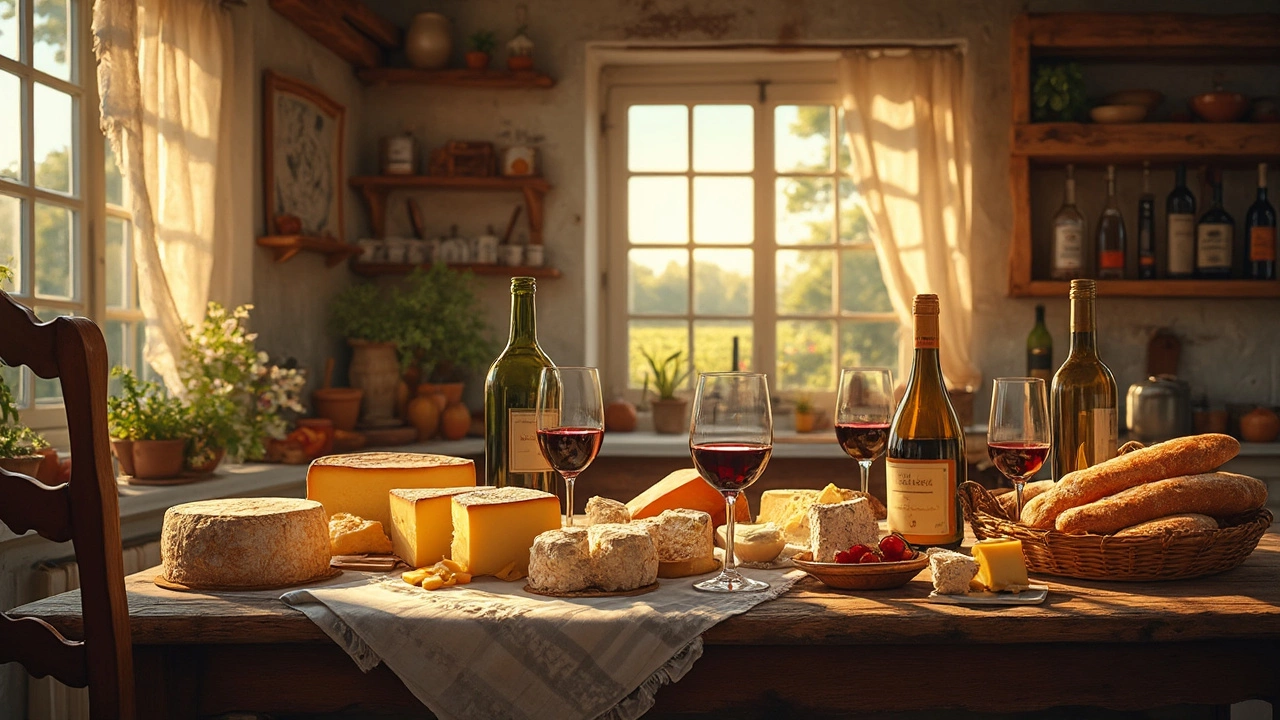French Cuisine: The Essentials for Home Cooks
If you’ve ever dreamed of cooking a silky Coq au Vin or a buttery croissant, you’re in the right place. French food isn’t just fancy restaurant fare – it’s a collection of simple ideas that anyone can try in a modest kitchen. Let’s break down what makes French cooking tick, the pantry basics you need, and how to bring a bit of France to your dinner table without breaking the bank.
Key Ingredients That Define French Flavour
First up, the pantry. French chefs rely on a handful of staples that create depth without overwhelming the palate. Think good-quality butter, olive oil, and a splash of heavy cream – these fat sources give sauces that luxurious mouthfeel. Fresh herbs like thyme, parsley, and tarragon are used fresh, not dried, so keep a small bunch in the fridge and trim what you need each time.
Don’t forget the aromatics: onions, shallots, garlic, and carrots form the base of countless soups, stews, and sauces. A good stock – chicken, beef, or vegetable – is the secret weapon for adding richness. If you can, make your own stock; it only takes a couple of hours and the flavor boost is huge.
Wine is another star. A splash of dry white wine brightens sauces like beurre blanc, while red wine adds depth to slow‑cooked dishes. Use a wine you’d actually drink – no need for expensive bottles, but avoid cooking wines with added salt.
Simple Ways to Pair Food with French Wines
Pairing wine with French food doesn’t have to be a science experiment. As a rule of thumb, match the weight of the wine to the weight of the dish. Light salads and seafood go well with crisp Sauvignon Blanc or a dry Chablis. Rich, buttery plates like lobster thermidor love a buttery Chardonnay, while hearty stews such as boeuf bourguignon shine with a medium‑bodied red like Pinot Noir or a classic Bordeaux blend.
When you’re unsure, a versatile rosé from Provence works surprisingly well with a range of dishes – from grilled veggies to charcuterie boards. And if you’re serving cheese, keep the cheese’s intensity in mind: a creamy Camembert pairs nicely with a light white, whereas a sharp Roquefort calls for a bold, sweet wine like Sauternes.
Remember, the best pairing is the one you enjoy. Pour a glass, take a bite, and see how the flavors interact. If the wine feels too sharp, add a touch more butter to the sauce; if it’s too flat, a squeeze of lemon can lift the whole dish.
Now that you know the basics, try a simple recipe like chicken with herbs de Provence, a splash of white wine, and a quick pan sauce. It’s a taste of France that takes under 30 minutes and uses pantry items you probably already have. Keep experimenting, trust your palate, and soon you’ll be serving French‑inspired meals that feel both authentic and comfortably home‑cooked.
Ever wondered if the French indulge in cheese with wine as much as you'd think? This article unwraps the tradition of cheese and wine pairing in France, offering insights on why these decadent duos work so well together. Learn the secrets of matching flavors effectively and get tips straight from French kitchens to elevate your next gathering.
View Details

